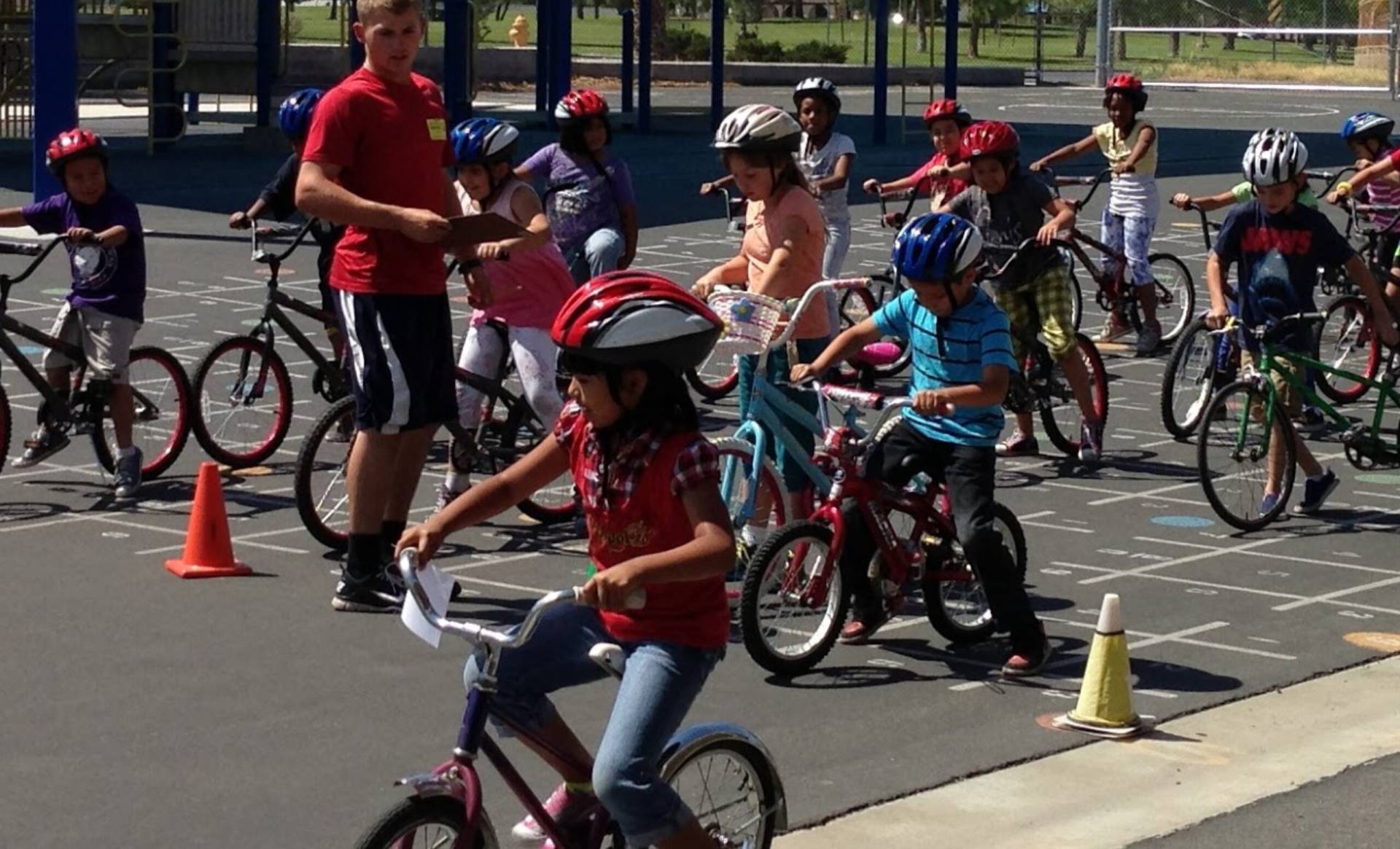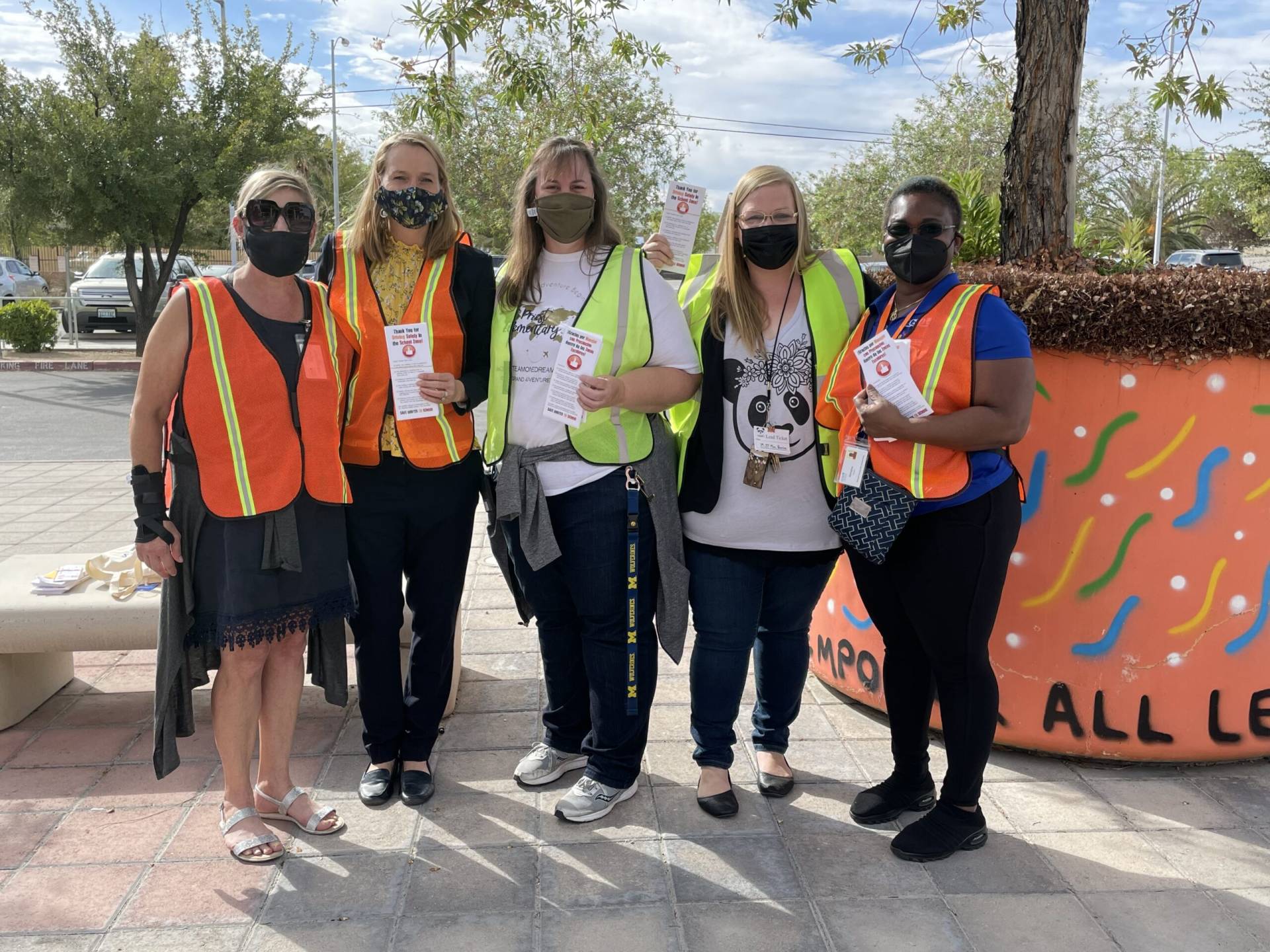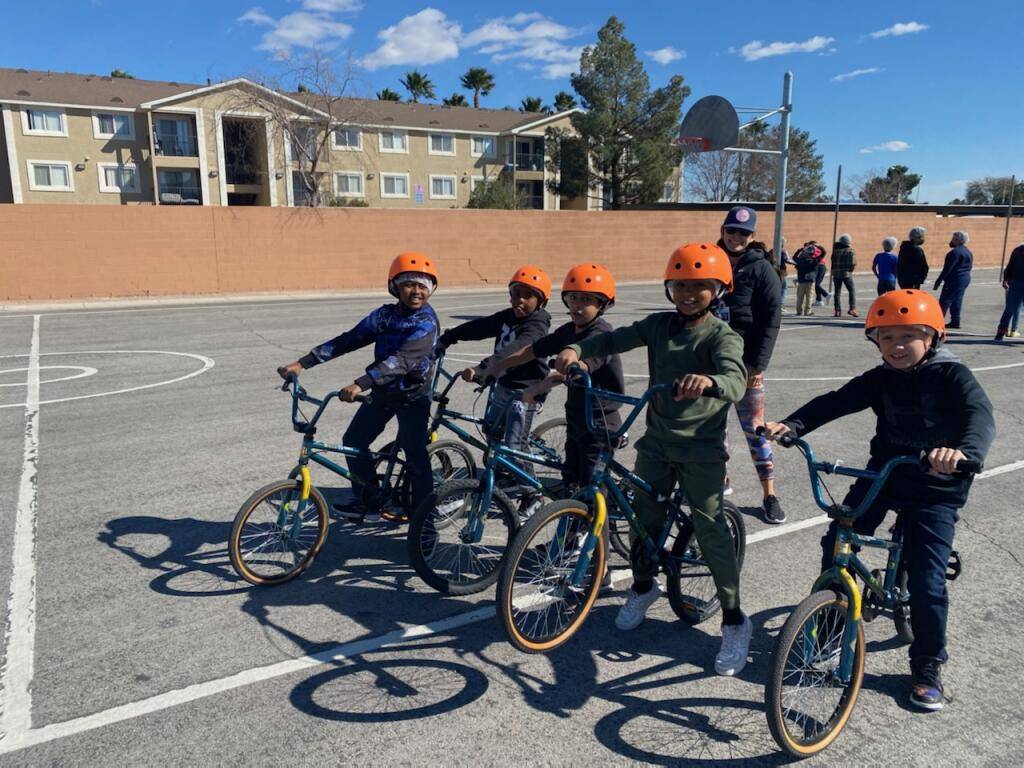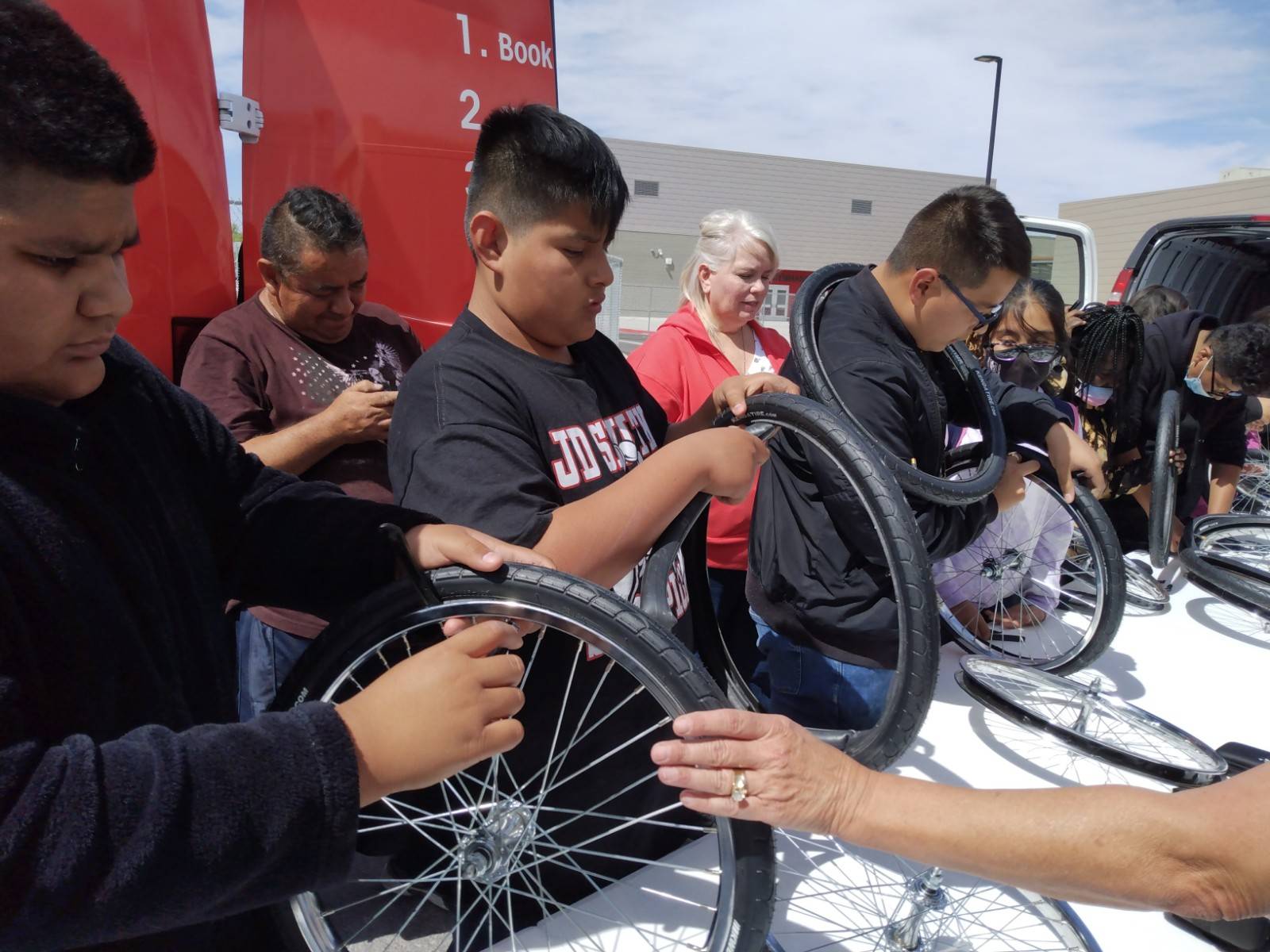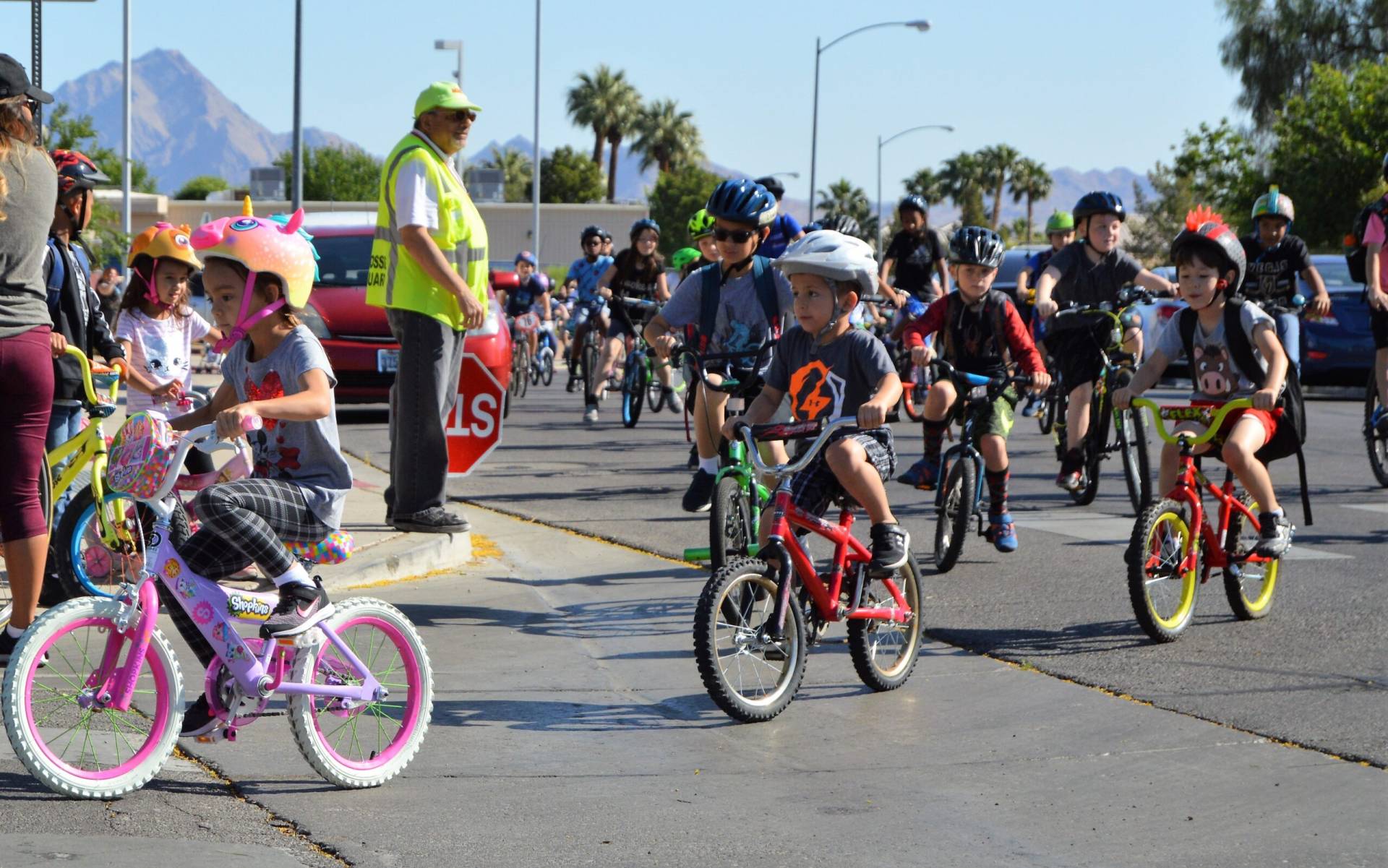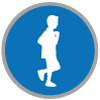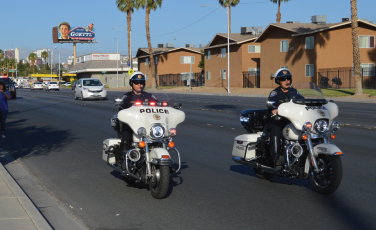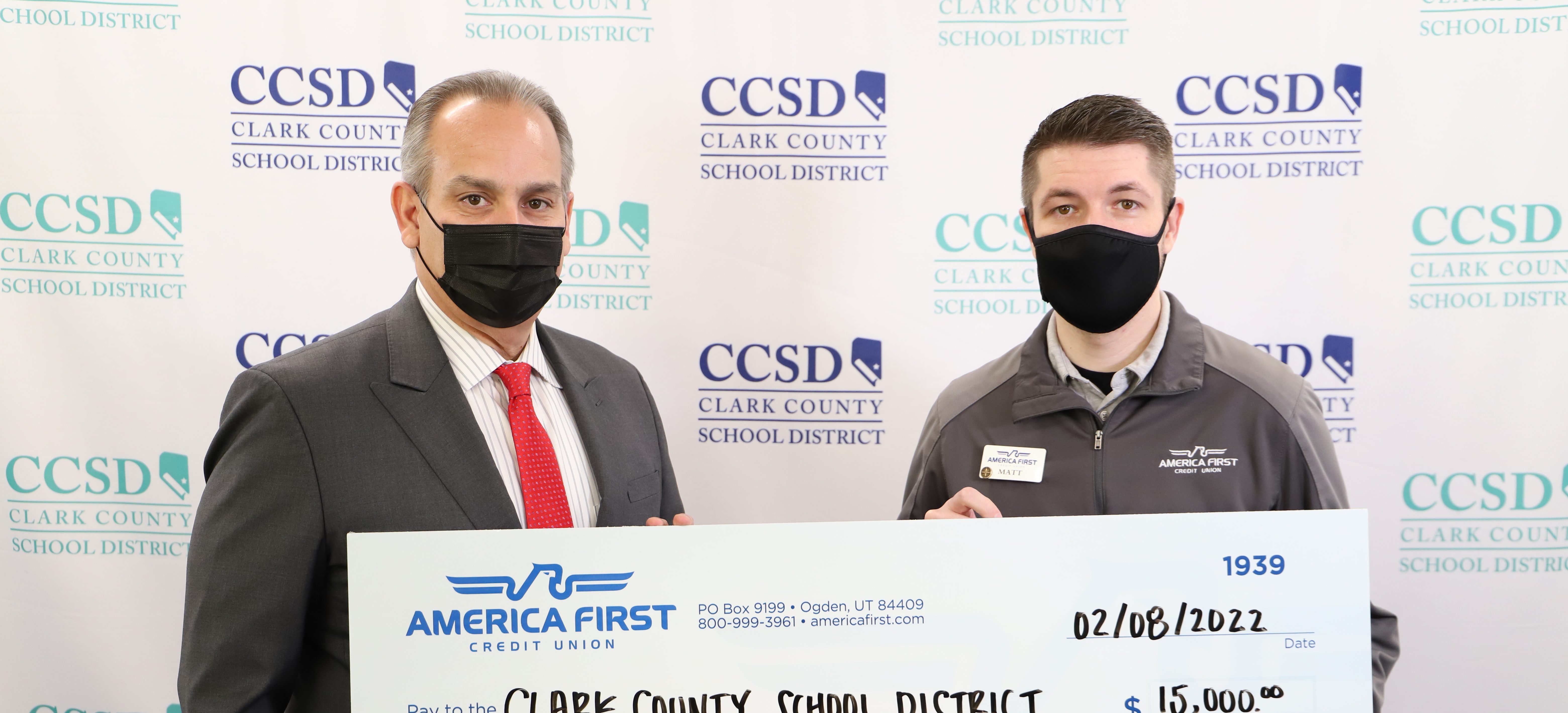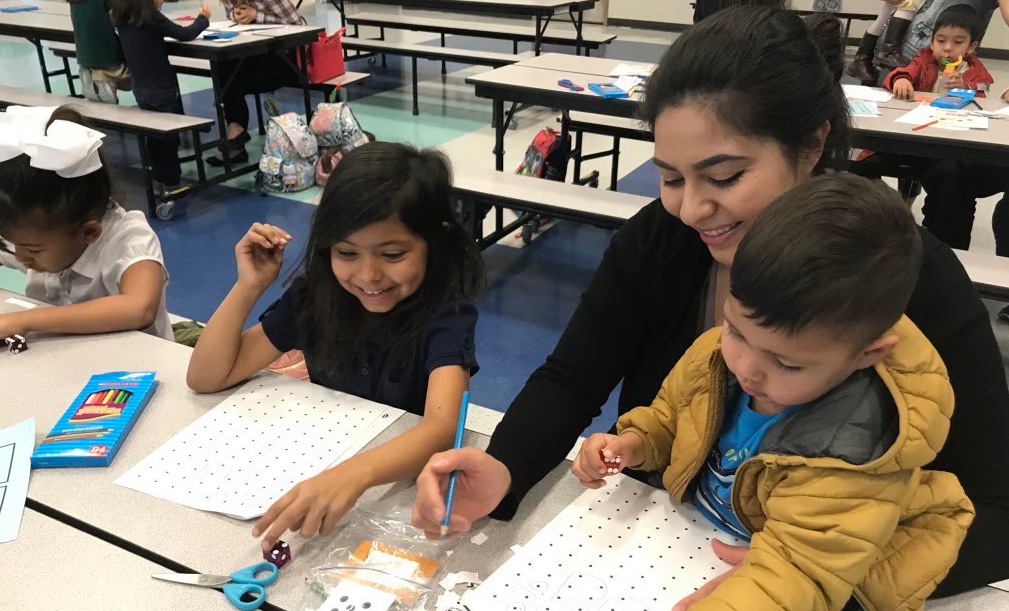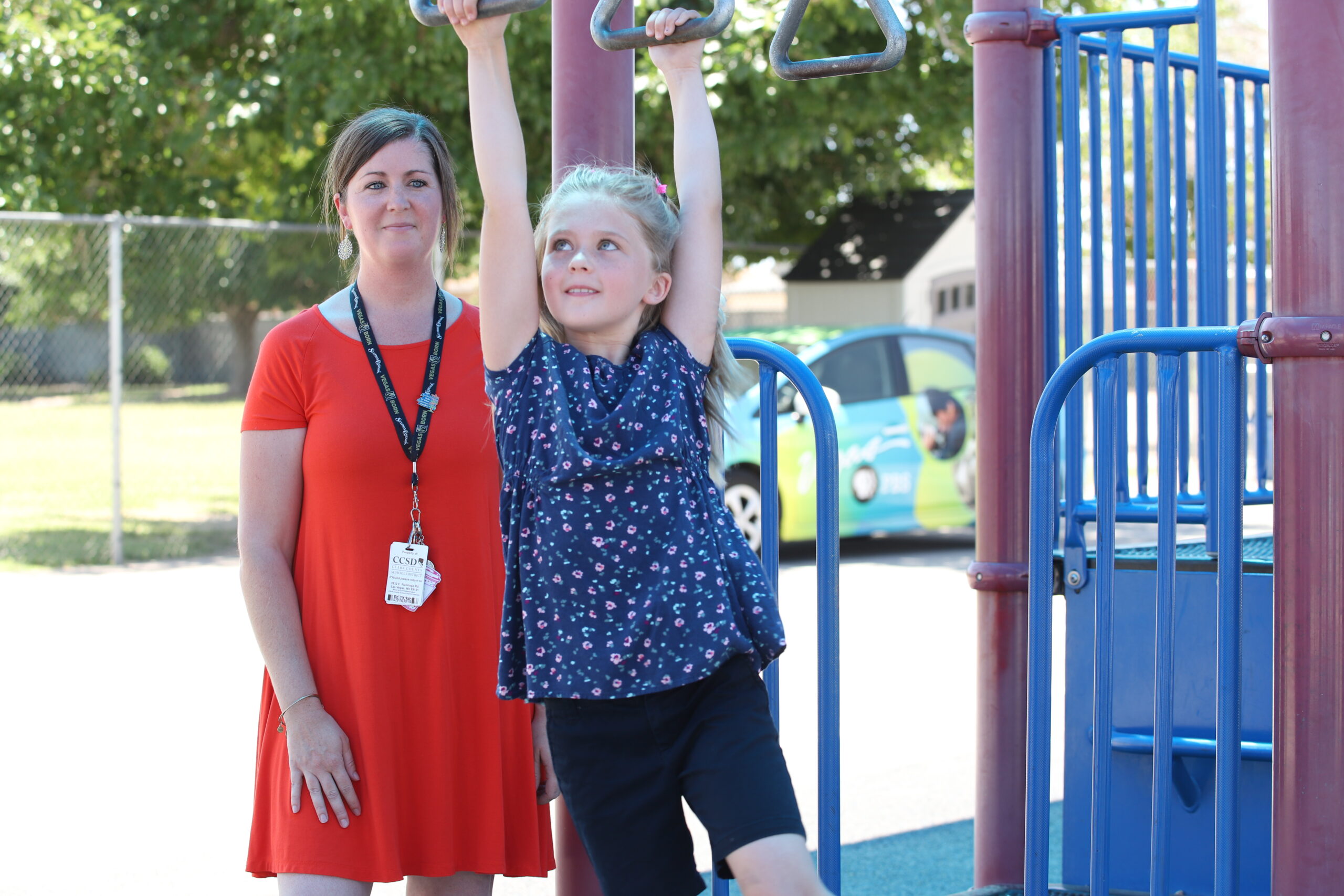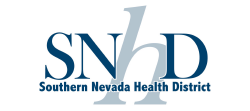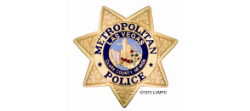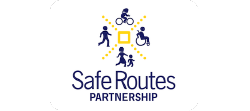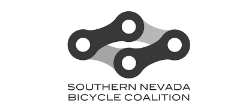
WHO WE ARE
Safe Routes to School (SRTS) is an international program to encourage safe walking and bicycling to and from schools. SRTS is based on six principles, the “6 E’s“: Education, Encouragement, Engagement, Engineering, Evaluation, and Equity. Safe Routes to School (SRTS) programs are sustained efforts by parents, schools, community leaders and local, state, and federal governments to improve the health and well-being of children by enabling and encouraging them to walk and bicycle to school, and to do so safely.
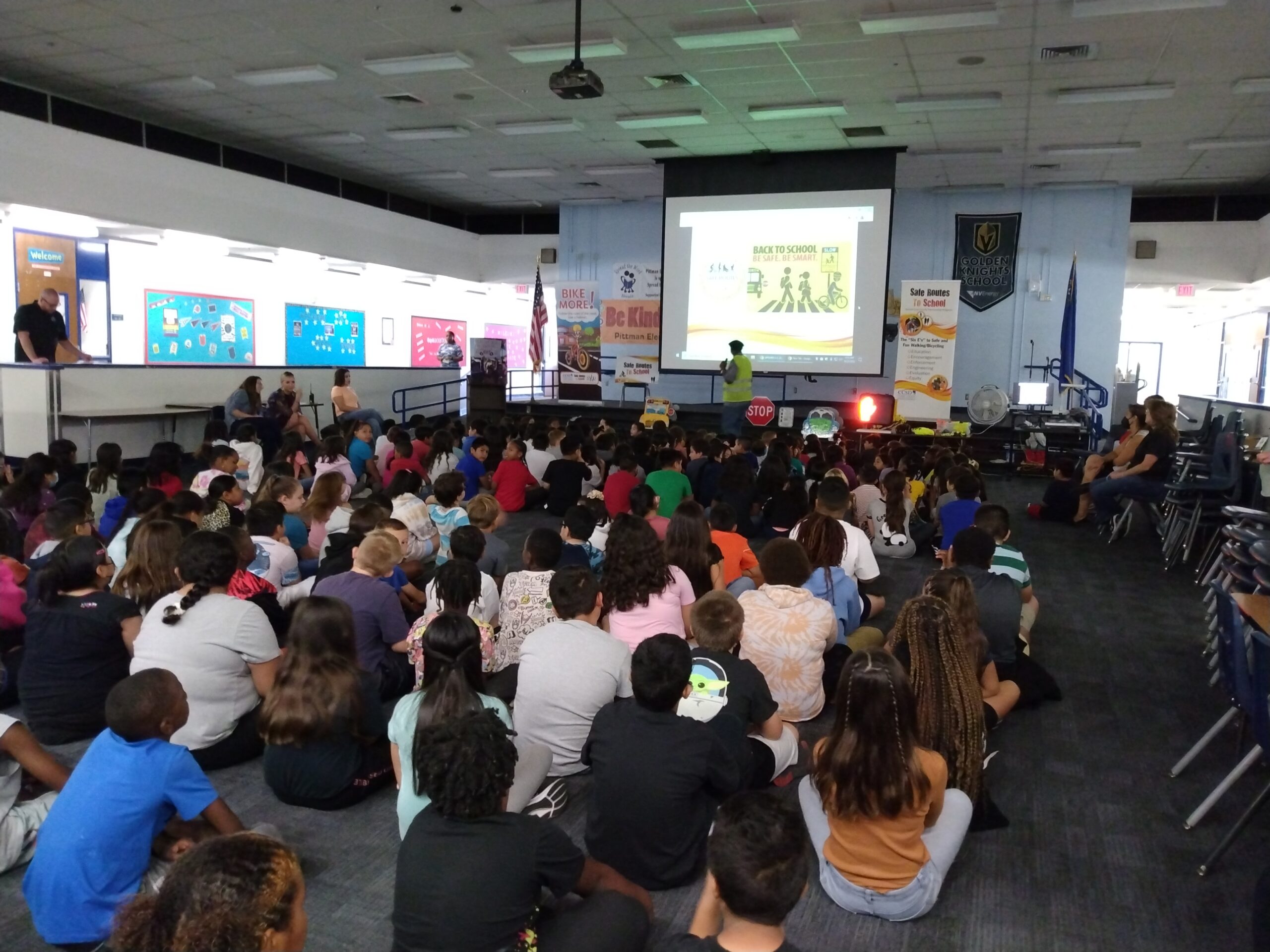
Student Safety Assemblies K-5
Pedestrian and bicycle safety presentations to educate and reinforce safety skills.
Form K-5
Student Safety Presentations 6-9
Pedestrian and bicycle safety presentations to educate and reinforce safety skills.
Form 6-9
Rocket Rules K-2
The Rocket Rules programs teach emergency preparedness, safety awareness, and social-emotional skills to children.
Form
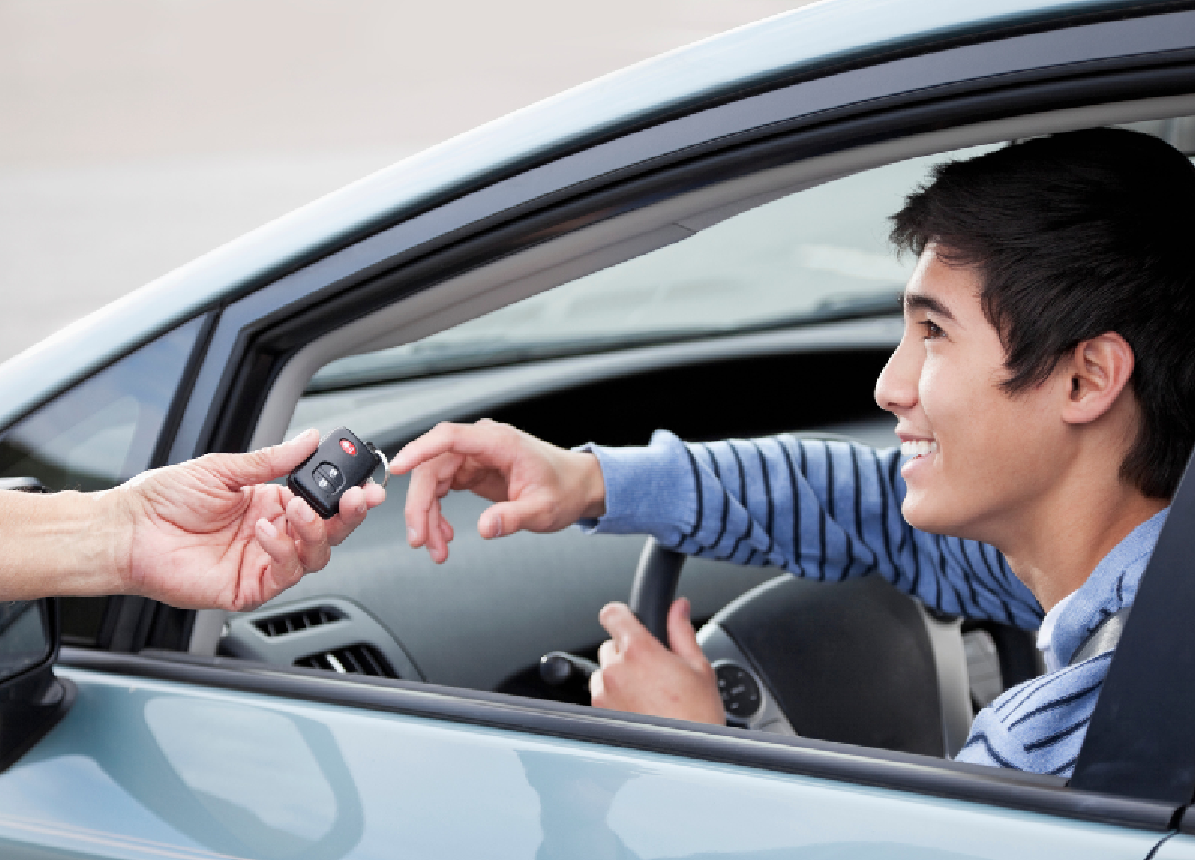
Street Safe Presentation 9-12
Street Safe is a driver-focused presentation educating young motorists about Nevada bicycle and pedestrian laws.
Form
Bike/Walk to School Day
Children and Adults around the nation come together to celebrate Walk & Bike to School Day!
Form
Ruby Bridges Walk to School Day
RBWTSD honors Ruby Bridges, one of the first Black children to integrate an all-white school in New Orleans.
Form
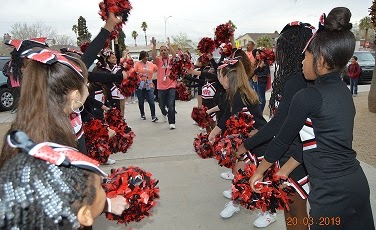
Nevada Moves
Nevada Moves Day in March celebrates the benefits of walking and bicycling to school.
Form
Step-tember & Walk-tober ~ Walk and Roll
Incentive program to support weekly walking and/or rolling programs.
Form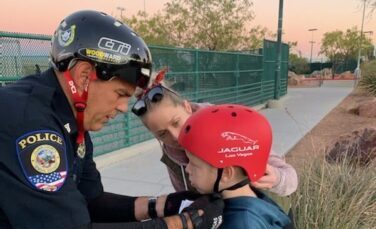
Helmet Fitting Blitz
SRTS will provide helmets to students who bike and roll to school and properly fit them for a helmet.
Form

Bike Trailer Request
The SRTS mobile bike fleet is available to CCSD staff to conduct bike safety rodeos and events.
Form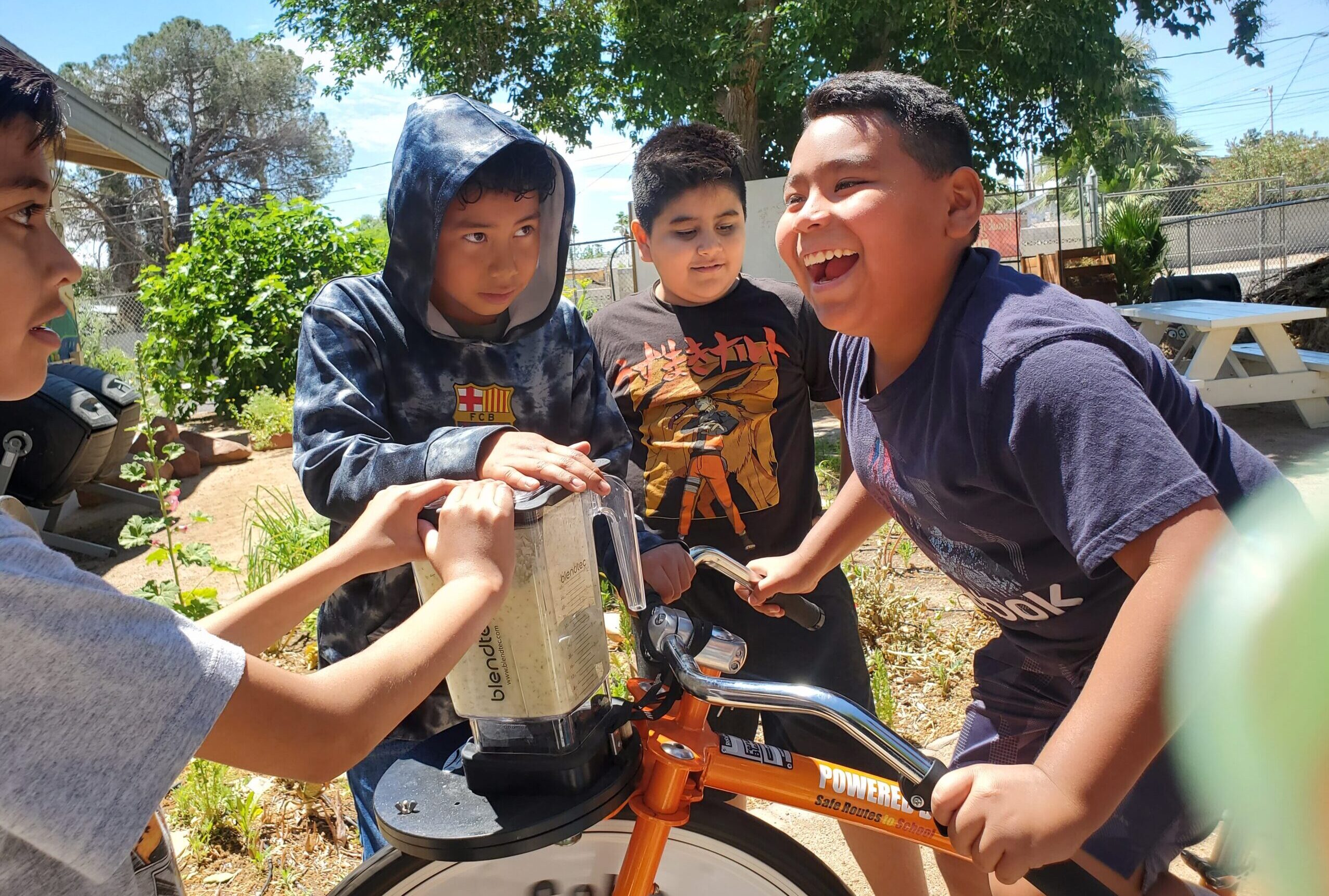
Bike Blender
The bike blender is awarded to schools to encourage active and healthy lifestyles for students.
Form
School Observation
Safe Routes to School will come to your school for an arrival or dismissal observation based on your school's current needs.
Form
6 E’s
 Education
Education
- Educational programs are a key component to increasing the numbers of students walking and bicycling to school. Educational programs are geared to teach children and parents how to safely travel by foot or on a bicycle; driver safety; and the benefits and goals of SRTS. Education is closely linked to encouragement strategies to reinforce safety messages.
 Encouragement
Encouragement
- Generating enthusiasm and increased walking and bicycling for Students through events, activities, and programs.
 Engagement
Engagement
- All Safe Routes to School initiatives should begin by listening to students, families, teachers, and school leaders and working with existing community organization, and build intentional, ongoing engagement opportunities into the program structure.
 Engineering
Engineering
- This strategy focuses on increased operational and physical improvements around a school to reduce vehicle speeds; improve safety and accessibility; and reduce bicycle, pedestrian and vehicle conflicts. Improvements can include the following: crossings, sidewalks, walkways, trails, bicycle parking and traffic calming devices (e.g. curb extensions, bicycle facilities, etc.).
 Evaluation
Evaluation
- Safe Routes tracks progress toward shared safety goals. Periodically evaluating SRTS strategies are key to making sure the programs are working to improve safety and encourage more walking and bicycling.
 Equity
Equity
- Ensuring that Safe Routes to School initiatives are benefiting all demographic groups, with particular attention to ensuring safe, healthy, and fair outcomes for students with disabilities, low-income students, Native American students, students of color, female students, LGBTQ students, students whose families speak a language other than English, homeless students, and other demographic groups.




